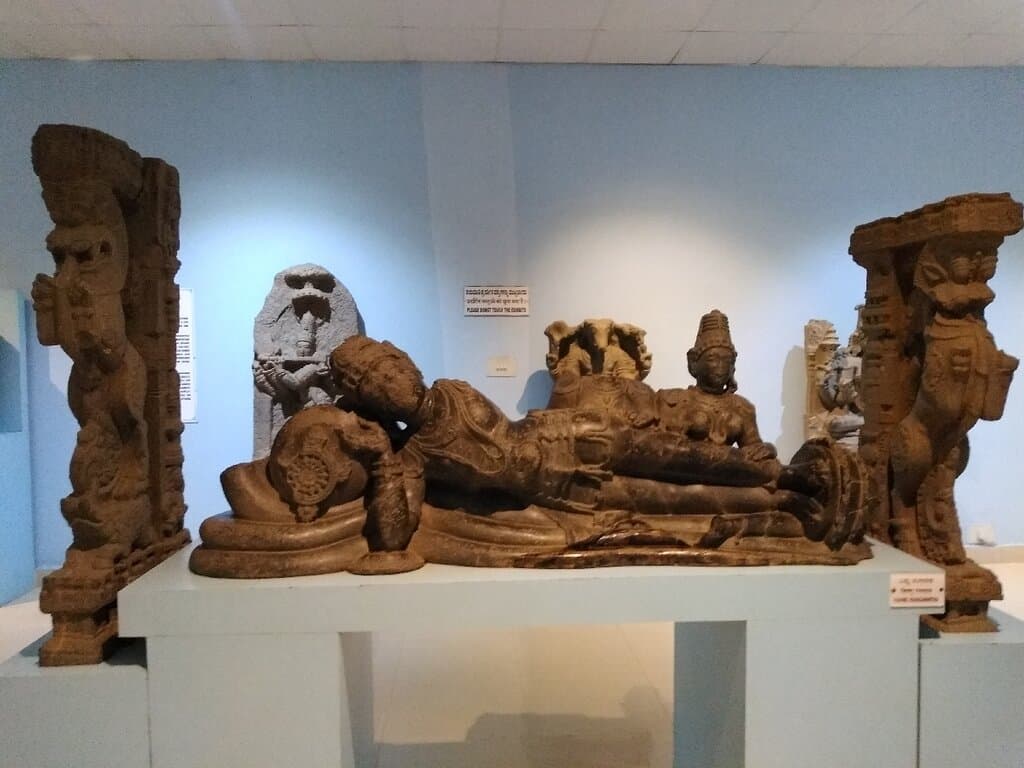
Hampi Archaeological Museum
Discover Hampi's past through artifacts and detailed models of the Vijayanagara Empire's grandeur. A must-visit for historical context.
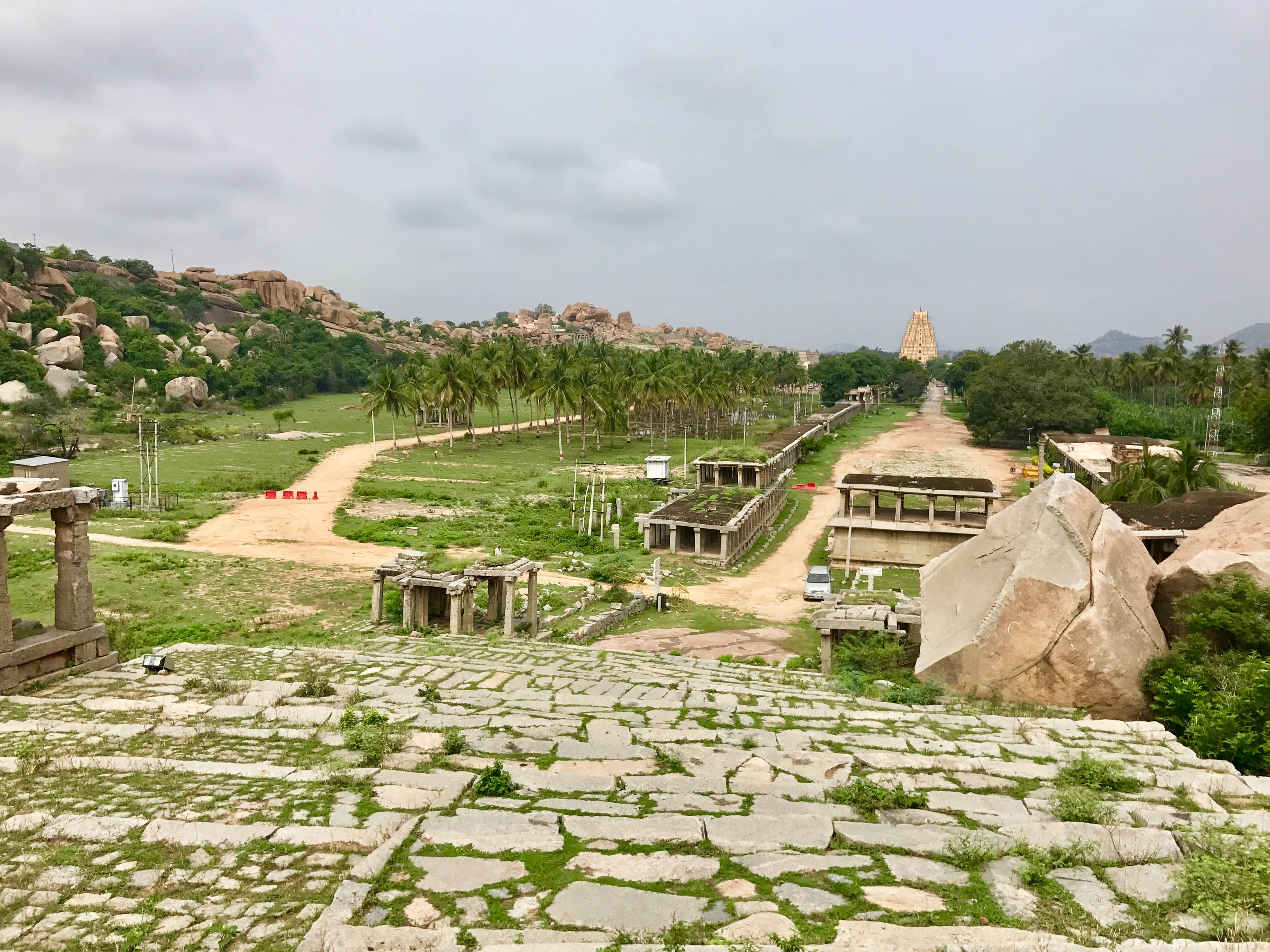
Highlights
Must-see attractions
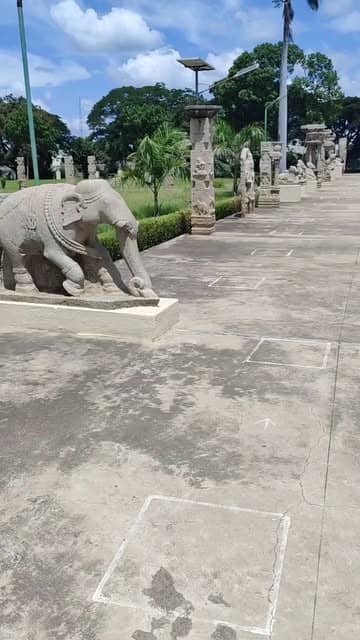
Social
From TikTok & Reddit
Best Time
Beat the morning rush.

Hampi Archaeological Museum
Best Time
Beat the morning rush.

Highlights
Must-see attractions
Discover Hampi's past through artifacts and detailed models of the Vijayanagara Empire's grandeur. A must-visit for historical context.
"This tiny but worthwhile museum is an excellent display to get an idea about the area plan. "
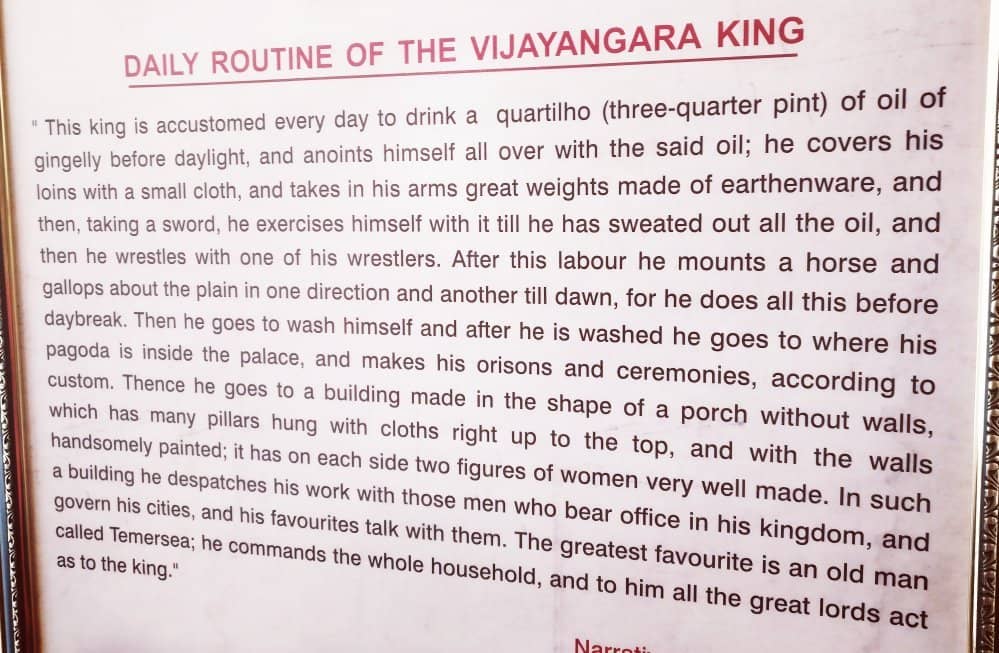
🎟️ Combo Ticket Advantage
Your Vijay Vitthal Temple ticket often covers museum entry. Maximize value! :ticket:
🗺️ Get the Lay of the Land
Use the detailed Hampi models to plan your exploration of the vast archaeological site. :world_map:
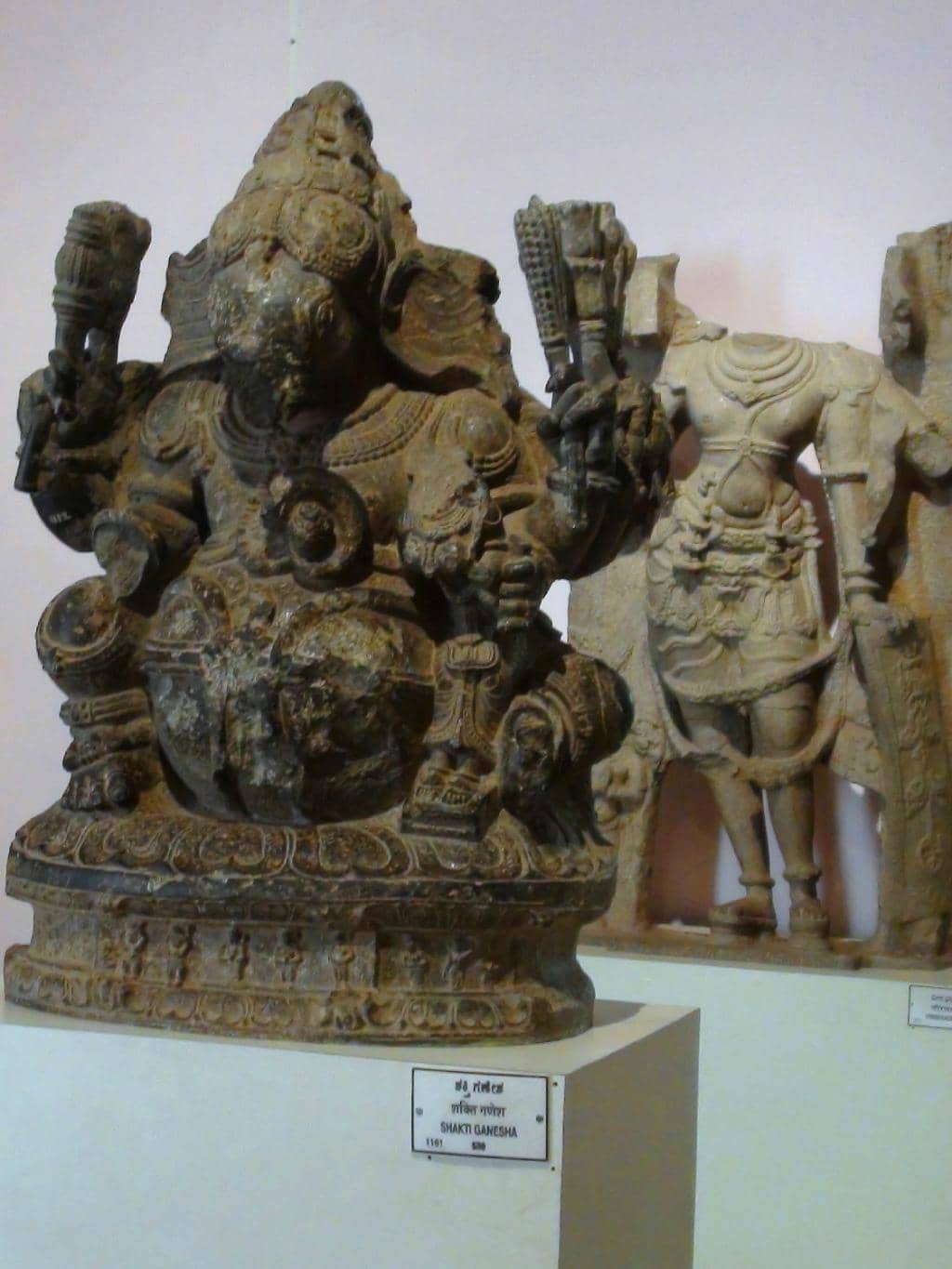
Highlights
Discover the most iconic attractions and experiences

Hampi Topographical Models
Central Courtyard & Last Gallery
See detailed miniature models of Hampi's landscape and the Royal Centre, offering a unique perspective on the entire archaeological site.
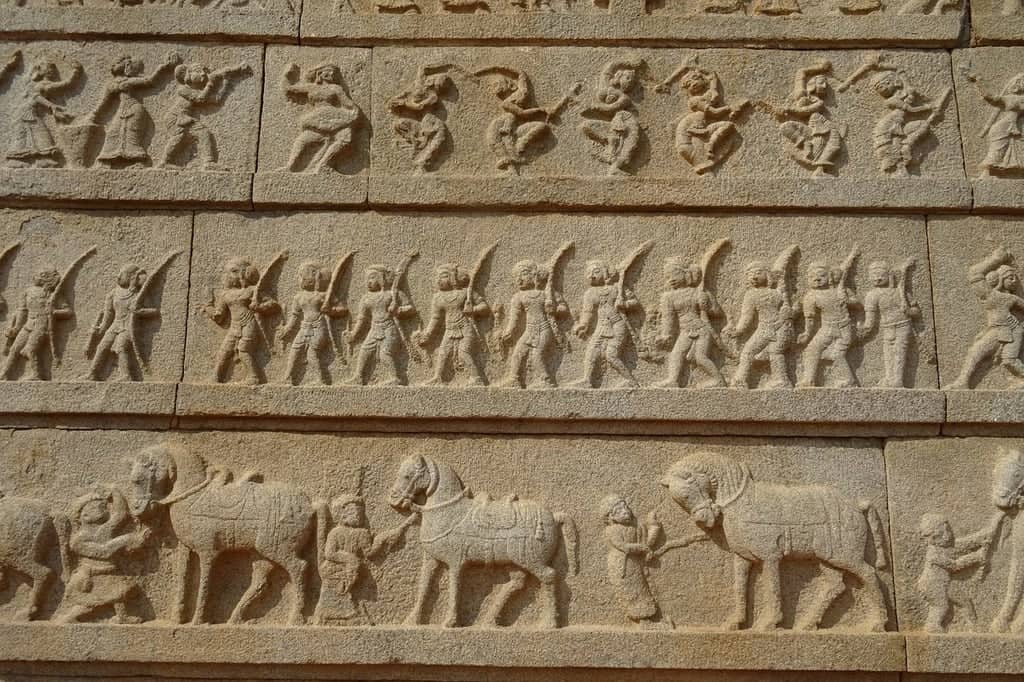
Vijayanagara Sculptures
Sculpture Galleries
Admire a rich collection of sculptures, including depictions of Lord Shiva, goddesses, and historical figures from the Vijayanagara Empire.
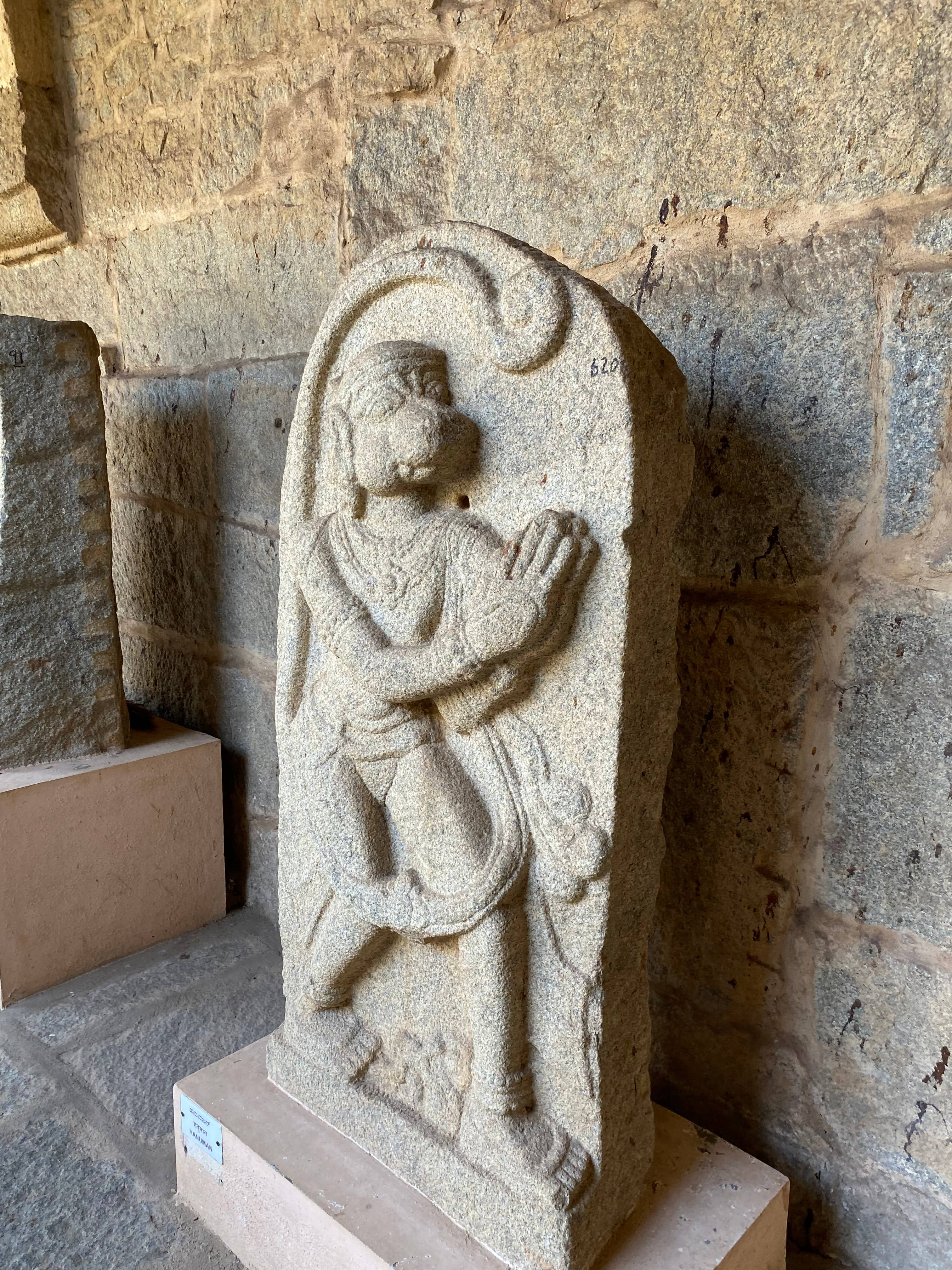
Ancient Artifacts & Coins
Various Galleries
Explore ancient tools, coins, brass documents, and prehistoric relics that offer a glimpse into the daily life and economy of the past.
Plans like a pro.
Thinks like you
Planning Your Visit
Combine Your Visit with Temple Tickets
Get Your Bearings with Models
Best Times
Insider Tips
from TikTok, Instagram & Reddit
🎟️ Combo Ticket Advantage
Your Vijay Vitthal Temple ticket often covers museum entry. Maximize value! :ticket:
🗺️ Get the Lay of the Land
Use the detailed Hampi models to plan your exploration of the vast archaeological site. :world_map:
⏳ Allow 90 Minutes
A good visit takes about 90 minutes to appreciate the exhibits. :hourglass:
🚫 No Photos Inside
Photography is restricted inside the galleries. Check for outdoor photo ops. :noentrysign:
Tips
from all over the internet
🎟️ Combo Ticket Advantage
Your Vijay Vitthal Temple ticket often covers museum entry. Maximize value! :ticket:
🗺️ Get the Lay of the Land
Use the detailed Hampi models to plan your exploration of the vast archaeological site. :world_map:
⏳ Allow 90 Minutes
A good visit takes about 90 minutes to appreciate the exhibits. :hourglass:
🚫 No Photos Inside
Photography is restricted inside the galleries. Check for outdoor photo ops. :noentrysign:
🚶♀️ Walkable from Kamalapura
Easily accessible by foot from Kamalapura village, near Pattabhirama Temple. :walking:
What Travellers Say
Reviews Summary
Visitors find the Hampi Archaeological Museum to be a worthwhile stop, especially for its invaluable miniature models that help orient visitors to the vast Hampi archaeological site. While small, it offers a good overview of the Vijayanagara Empire's history and artifacts. Some note it's not as grand as larger museums but is essential for understanding the local context.
"It’s actually very nice place to witness a very nice and lesser known history and story of our past.
You will not only witness the kings kingdom but also the different gods story like Vishnu ji and shiv ji.
They are surely like any other ancient museums but must must visit.
Before visiting grab some knowledge about Hampi."
Shatakshi Gupta
"Archaeological Museum, Kamalapur, Hampi
On 04 May 2025, when I bought a ticket for Vijay Vitthal Temple, I found that the ticket included a ticket to the Archaeological Museum along with other places. After lunch, we went to the museum.
The Archaeological Museum located in Kamalapura village near Hampi, the city of ruins, takes you on a fascinating journey through time. This small but important museum holds a treasure trove of artifacts, each of which tells a chapter of Hampi's rich history. A special feature of the museum is its exhibit - a miniature model of Hampi's topography, presented in not just one, but two forms.
The central courtyard houses a large replica of Hampi, which depicts the power of the entire landscape with its hills and rivers.
As you enter the last gallery, another intricate model comes into view, offering a full view of the Royal Center. Beyond the topographical spectacle, the Archaeological Museum displays a historic collection of sculptures recovered from the ruins of Hampi.
Lord Shiva plays the central role, along with avatars such as Lord Veerabhadra, Lord Bhairava and Lord Bhikshatanamoorthy. Get a glimpse of ancient tools, coins and other artefacts, each of which tell stories from the city's glorious past.
This museum displays the elaborate Vijayanagara architectural style, a blend of Pandya, Chalukya, Chola and Hoysala influences.
The Archaeological Museum, established in 1972 by the Archaeological Survey of India, is a haven for the remains of the legendary Vijayanagara Empire.
The entrance has replicas of Krishnadevaraya, the most famous ruler of the Vijayanagara dynasty, and his queens. There are two sculpture galleries within the museum. Limestone Buddhist panels from the 2nd century AD, stone sculptures from the 12th century AD and Jain Tirthankaras along with early Vijayanagara sculptures create a harmonious blend of history and art.
As you enter the museum corridors, you find a display of documents made of brass.
The prehistoric artifacts from Anegundi further enhance the museum's role as a custodian of Hampi's heritage. The four galleries each have a different chapter of Hampi's saga. In the first gallery, you can see sculptures of Shaivism. These include Veerabhadra, Bhairava, Bhikshatanamoorthy, Mahishasuramardini, Shakti, Ganesha, Kartikeya and Durga. The central hall has a temple-like structure and displays Shivalinga, Nandi and Dwaramantapa. You can also see a royal couple in front. The second gallery displays miscellaneous antiquities like arms and armor, copper plate grants, metal objects of religious utility and brass plates. The third gallery has coins of the Vijayanagara dynasty in various denominations of both gold and copper.
The fourth gallery has relics from the prehistoric and proto-historic periods, medieval hero stones and sati stones. You can also see stucco sculptures, iron objects and ceramics recovered from the archaeological sites. Selected dye-positives of the excavations carried out at the citadel by the Survey from 1976 to 1998 are prominently displayed in this gallery. Additionally, an information kiosk has been set up in the same gallery to familiarise you with the World Heritage site.
A trip to Hampi will remain incomplete without visiting the museum."
Satish Kumar Singh
"This is a tiny but worthwhile museum located at Kamalapura. The museum can be visited on the way to the relatively isolated sites (like the Pattabhirama Temple) located towards the southeast end of the Hampi ruins. From Kamapaluram you can walk to the museum by taking the road that goes towards the east.
Apart from the usual suspects in a museum, this one contains an immensely useful exhibit to a novice visitor: A scaled model - in fact two - of the Hampi topography with the monuments located on it. This is an excellent display to get an idea about the area plan and the relative locations of the sites.
The large one located at the central courtyard is miniature copy of Hampi as a whole, complete with its hills and rivers. The smaller but more detailed model located inside the last gallery gives you a comprehensive view of the Royal Centre.
The museum has four principal sections. The first one exhibits the Hampi model mentioned above.
The second section is dedicated mainly to the sculptures and idols from the Hampi ruins. A large number of artifacts belong to the Veerabhadra cult and Shiva worship is prominent.
The exhibits in this section include:
Veerabhadra (the demon God created by Lord Shiva),
Bhairava (Shiva in the fearsome posture on hearing the death of his consort, Sati),
Bhikshatana-murthi (depicting Shiva in his ascetic aspect, wandering and begging with a bowl made of human skull),
Mahishasuramardini (the terminator of the buffalo demon; A fearsome aspect of the goddess Shakti ),
Shakti (Shakti is a Goddess represents the power of the God.
Always Shakti appears as the consort of the god, For example, Vishnu it's Lakshmi. For Shiva it's Parvati. ),
Kartikeya (the peacock mounted God, created by Shiva out of fire).
Vinayaka (The elephant headed god born to Shiva & Parvati)
The third section displays an array of tools, arms, coinages and other objects that were in use during the Vijayanagara Empire days. The book like documents made of brass and bundled with a ring on display is peculiar.
The fourth one is the oldest of all display objects. An array of antiquities from the prehistoric and proto historic period (the nearby Anegondi is a prehistoric settlement) , hero stones (stone flange dedicated to heroes who died in battle ) and sati stones (Stone flanges in memorial of wives committed suicide after the death of husbands in the battle). Stucco figurines, portions of porcelain pottery from the excavated sites and a gallery of the excavation photographs. The miniature replica of the Royal Centre is impressive with finer details.
The Archeological Survey of India runs the museum. Timings of Visit from 10.00 AM to 5.00 PM. Closed on Fridays and other national holidays. Entrance Fee: Rs. 5/- per head. Children up to 15 years are admitted free. In about 90 minutes you can complete a decent visit. Photography is not allowed inside the galleries. However you can photograph the exhibits on display in the lawn outside..."
Priyaa Raj
What People Like
What People Dislike
Frequently Asked Questions
🚇 🗺️ Getting There
The museum is located in Kamalapura village, near Hampi. It's accessible by road and can be reached by taxi or auto-rickshaw from Hospet. Many visitors combine a visit with the nearby Pattabhirama Temple.
Getting to Hampi can involve multiple steps. Common routes include flying to Hubballi, then taking a train to Hospet, followed by a taxi to Hampi.
Renting a bicycle or scooter is popular for exploring the Hampi archaeological site. Auto-rickshaws are also readily available for longer distances.
Yes, the museum is walkable from Kamalapura village, especially if you're heading towards sites like the Pattabhirama Temple.
While not explicitly mentioned for the museum, guided tours are available for the broader Hampi archaeological site, which can enhance your understanding.
🎫 🎫 Tickets & Entry
The entrance fee is typically Rs. 5 per person. Children up to 15 years old are admitted free.
Yes, often your ticket for major Hampi sites like the Vijay Vitthal Temple also includes entry to the Archaeological Museum and other protected monuments.
The museum is generally open from 10:00 AM to 5:00 PM. It is closed on Fridays and national holidays.
Information on online ticket booking for the museum specifically is limited, but tickets for the broader Hampi archaeological site can often be purchased at the main entry points.
Details on accessibility are not widely available, but given its historical nature, some areas might present challenges. It's advisable to inquire locally.
🎫 🏛️ Onsite Experience
Many visitors highlight the detailed miniature models of Hampi's topography and the Royal Centre as particularly useful for understanding the site's layout.
Photography is generally not allowed inside the galleries. However, you might be able to photograph exhibits displayed in the lawn area outside.
A decent visit to the Hampi Archaeological Museum typically takes about 90 minutes to fully appreciate the exhibits.
The museum displays a variety of artifacts including sculptures from the Vijayanagara Empire, ancient tools, coins, brass documents, and prehistoric relics.
Its unique feature is the comprehensive topographical models of Hampi, which serve as an excellent introduction to the vast archaeological site.
🍽️ 🍽️ Food & Dining
Kamalapura village, where the museum is located, has local eateries. More dining options are available in Hampi town and Hospet.
It's generally advisable to consume food and drinks outside museum premises to preserve the exhibits. Check for specific rules upon entry.
Hampi offers a range of South Indian cuisine, with many restaurants serving vegetarian and non-vegetarian options. Local specialties are a must-try.
📸 📸 Photography
While photography is restricted inside, the museum's exterior, the lawn with exhibits, and the surrounding Kamalapura village offer good photo opportunities.
Yes, photography is not allowed inside the galleries where the main exhibits are displayed.
Iconic spots include the Virupaksha Temple, Vittala Temple complex (especially the stone chariot), and panoramic sunset views from Matanga Hill.
For Different Travelers
Tailored advice for your travel style
👨👩👧 Families with Kids
While photography is restricted inside, the museum's lawn might offer some space for kids to move around. The entrance fee is minimal, and children under 15 often get in free, making it an affordable addition to a family itinerary. Consider visiting after a meal in Kamalapura for a more relaxed experience.
🚶 Budget Travelers
Utilizing the museum's models to plan your exploration of the wider hampi archaeological site can also save you time and potentially transportation costs by helping you group nearby attractions. Walking from Kamalapura to the museum is also a free and viable option.
Deep Dives
In-depth insights and expert knowledge
Understanding Hampi's History Through Artifacts
The museum's galleries are thoughtfully curated to present different facets of Hampi's history. You'll find sculptures dedicated to Shaivism, including depictions of Veerabhadra and Bhairava, alongside Jain Tirthankaras and early Vijayanagara art. The collection also includes prehistoric relics from nearby Anegundi, hero stones, and sati stones, providing a broader historical context. Brass documents and coins offer insights into trade and administration, making the museum a comprehensive repository of the region's heritage.
Beyond the individual artifacts, the museum's most lauded feature is its collection of miniature models of Hampi. These detailed replicas, one of the entire landscape and another of the Royal Centre, are invaluable for visitors. They provide a clear spatial understanding of the vast ruins, helping to orient oneself and appreciate the scale and planning of the ancient city before or after exploring the actual sites.
Navigating the Hampi Archaeological Site
Many visitors find that the museum's topographical models are essential for planning their exploration. These models help in identifying key areas like the Royal Centre, the Sacred Centre, and the various temples and bazaars. This foresight can significantly enhance the on-ground experience, allowing you to prioritize sites and understand their historical context.
When exploring the hampi archaeological site, consider renting a bicycle or scooter for greater mobility, as the distances between monuments can be considerable. Alternatively, auto-rickshaws are readily available. Remember that a single ticket often grants access to multiple monuments, including the museum, making it a cost-effective way to experience the heritage.






Social
from TikTok, Instagram & Reddit